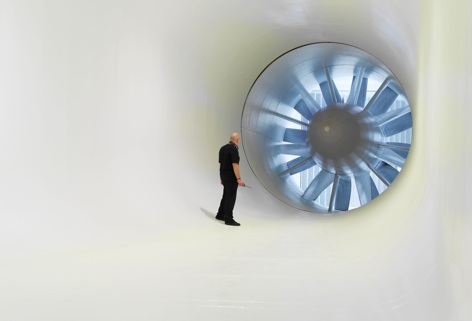Farnborough Air Show is a spectacle to behold for everyone who attends but I am always keen to focus on the technology that is on display and how this is influencing the design of future products in this ever developing and evolving sector.
Aerospace is at a crossroads in the UK - whilst we have undoubtedly been a leader in the development of aircraft engines, components and structures, we now face the next generation of challenges related to increased pressures on fuel consumption, environmental performance and more sophisticated configuration. The production and development of new aircraft that meet these exacting standards represents a huge opportunity for the UK but to meet these long lead technology challenges will need a collaborative approach across academic, research and businesses communities – and it is one that needs to start now. Whilst there have always been many incremental technologies that are developed or adapted over a period of years within aerospace, there is also the requirement to look at serious landscape shifting technology that will be able to serve this industry for a period of 20 or 30 years. The reality is the products that we start to develop today will still be in service in 2050 – and that for me is one of the most thought provoking yet exciting aspects of research and development in this sector.
We already have much expertise in this country in aerodynamics, not least with our successful Formula 1 sector and wind tunnel facilities
The announcement by the Government earlier this year that it would invest £60m over two years into the creation of a world class aerodynamics centre to bring experts from various fields and disciplines together is going to be a good catalyst to create the links needed to convert some of these opportunities into economic value for the UK. I would also like to see plans for a large demonstrator programme in the aerospace sector – one that can truly test and validate some of the new leading edge technologies and products at scale. The Technology Strategy Board has managed several large scale demonstrator projects in the past – not least an incredibly successful and significant project in Low Carbon Vehicles – and I believe the value of a robust demonstrator programme would provide a platform upon which to bring the extended supply chain together and look to seriously commercially exploit the new opportunities that exist in the global aerospace industry.

At Farnborough we also announced plans for a new £20m competition inviting bids for collaborative R&D projects in the field of building UK leadership in aerodynamics. We are looking for projects that will enhance capability to support innovation and also to look at how we can encourage the commercialisation of ideas. There will also be a keen emphasis on helping spin off technologies in other application areas – something which I am particularly interested in. We already have much expertise in this country related to aerodynamics – not least with our successful Formula One racing industry and our wind tunnel testing facilities. The next challenge for us is how we successfully share and transfer this knowledge to help the UK to retain its capability and reputation within the aerospace industry - and to create wealth and jobs in a whole new range of technology sectors.
Ian Gray is chief executive of the Technology Strategy Board










National Gas receives funding to develop Gravitricity underground hydrogen storage system
One single rock salt mine - Winsford - has 23 <i>MILLION </i>cubic metres of void and even allowing for 10% of that void set aside for hazardous waste...